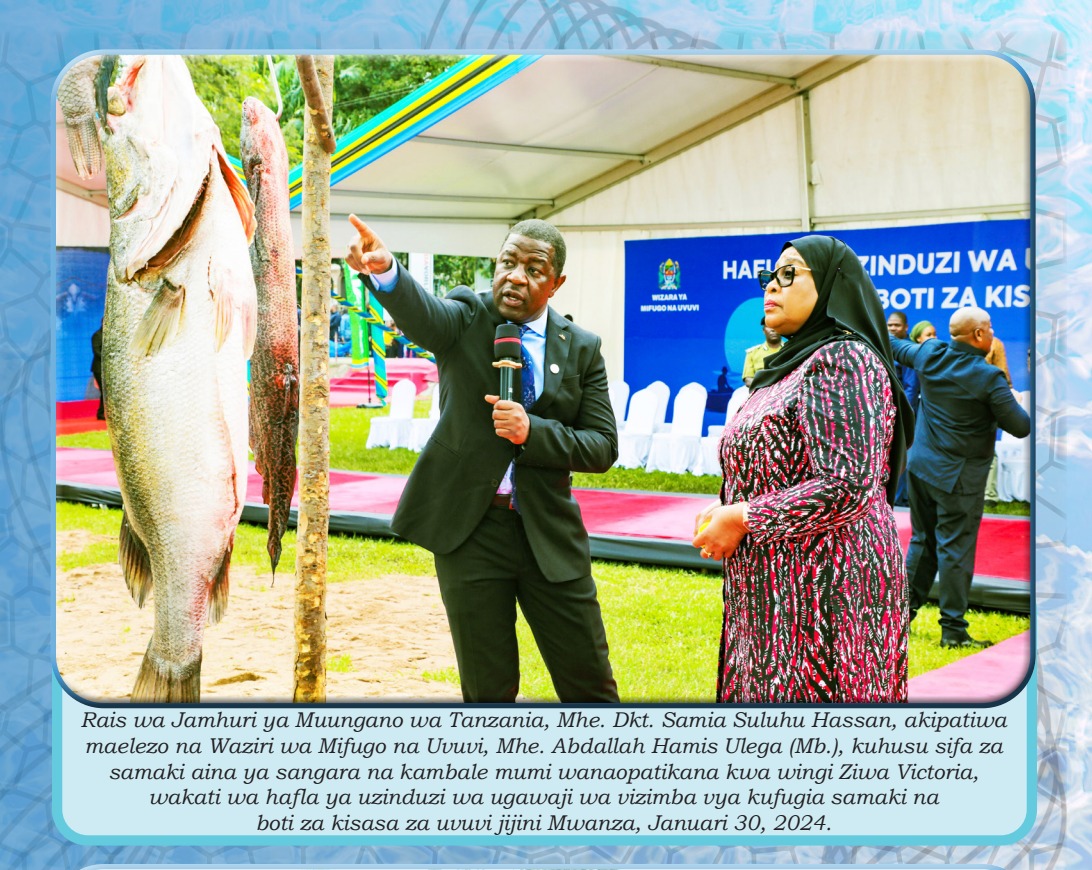Major Events that Shaped East Africa’s Agriculture Sector in 2023
Kilimokwanza.org team
The year 2023 marked a pivotal moment for East Africa’s agriculture sector, deeply rooted in a history of resilience and innovation. As we reflect on the year, we explore significant events across themes like climate adaptation, technological progress, policy shifts, and agribusiness expansion.
1. The Locust Threat and its Aftermath:
Early 2023 saw the alarming resurgence of desert locust swarms across Ethiopia, Somalia, and Kenya. These swarms, capable of devastating vast agricultural lands, posed a severe threat to food security. However, a rapid and coordinated response, involving aerial spraying with environmentally sensitive pesticides and robust community-based surveillance systems, successfully contained the outbreak. This proactive approach not only prevented extensive crop damage but also set a precedent for regional cooperation in agricultural crisis management.
2. Climate Change Woes and the Rise of Climate-Smart Agriculture:
Facing the stark realities of climate change, characterized by prolonged droughts and unpredictable rainfall, East Africa pivoted towards climate-smart agriculture. Innovations like drought-resistant maize varieties “QwikMat” in Kenya and Ethiopia’s “Push-Pull” technology, integrating maize with pest-controlling legumes like Desmodium, showcased tangible benefits. These included improved crop yields and enhanced soil health. Uganda’s investment in rainwater harvesting and irrigation systems offered practical solutions to erratic rainfall, underscoring the region’s commitment to sustainable farming practices.
3. Embracing Technology and Innovation:
2023 was a landmark year for agricultural technology in East Africa. The use of drones for precision farming significantly enhanced crop monitoring and pest control. Mobile applications like M-Farm in Kenya revolutionized market access, providing farmers with real-time information and direct consumer links, thereby reducing post-harvest losses. However, addressing the digital divide and ensuring cybersecurity in these technological advancements remains a priority for equitable and secure progress.
4. Policy Reforms and Trade Opportunities:
Notable policy reforms unfolded across East Africa, aiming to empower smallholder farmers. Uganda’s “Operation Wealth Creation” provided land titles, enhancing farmers’ access to credit. Kenya’s reduction in import duties on agricultural machinery spurred mechanization and productivity. The African Continental Free Trade Area (AfCFTA) offered exciting prospects for expanding market reach, though challenges in infrastructure and trade facilitation necessitated attention for maximized benefits.
5. The Growing Importance of Agribusiness:
The year witnessed a surge in private sector investment in agribusiness, catalyzing economic growth and job creation. Noteworthy ventures like Twiga Foods in Kenya and Uganda emphasized the importance of robust logistics and storage facilities in connecting farmers to larger markets and minimizing food waste. SunCulture’s solar-powered irrigation solutions exemplified sustainable and affordable alternatives to traditional methods.
2023 emerged as a year of contrasts in East Africa’s agriculture sector. While grappling with challenges like climate change and locust invasions, the sector also experienced significant strides in resilience, innovation, and sustainability. As we look ahead, leveraging the advancements and lessons of 2023 will be vital in nurturing a thriving and sustainable agricultural future for East Africa.


